 Pets and the City: True Tales of a Manhattan House Call Veterinarian by Amy Attas
Pets and the City: True Tales of a Manhattan House Call Veterinarian by Amy Attas Format: eARC
Source: supplied by publisher via Edelweiss
Formats available: hardcover, paperback, audiobook
Genres: animals, memoir, nonfiction
Pages: 320
Published by G.P. Putnam's Sons on June 18, 2024
Purchasing Info: Author's Website, Publisher's Website, Amazon, Barnes & Noble, Kobo, Bookshop.org, Better World Books
Goodreads
Hilarious, jaw-dropping, and heartfelt stories from New York City’s premier “house-call veterinarian” that take you into the exclusive penthouses and 4-star hotel rooms of the wealthiest New Yorkers and show that, when it comes to their pets, they are just as neurotic as any of us.
When a pet is sick, people—even the rich and famous—are at their most authentic and vulnerable. They could have a Monet on the wall and an Oscar on the shelf, but if their cat gets a cold, all they want to talk about are snotty noses and sneezing fits. That’s when they call premier in-home veterinarian Dr. Amy Attas.
In Pets and the City , Dr. Attas shares all the shocking, heartbreaking, and life-affirming experiences she’s faced throughout her 30-year career—like the time she saw a naked Cher (no, her rash was not the same as her puppy’s); when she met a skilled service dog who, after his exam was finished, left the room and returned with a checkbook in his mouth; and when she saved the life of a retired, agoraphobic Hollywood producer during a monthly treatment for his cat, Amos. In these moments Dr. Attas noticed key insights about animal, and human, nature—like how humans attach to one another through their love of animals, or how animals don’t have pride, ego, or vanity that their humans seem to value so much, sometimes to their detriment.
To Dr. Attas, she doesn’t just heal animals. She witnesses how they and their humans help and heal each other, and how the special bond between pet and owner might actually make us better people.
My Review:
Once upon a time in 1980, there was a book. To be fair, there’s always a book. But the book in this particular case was All My Patients Are Under the Bed by Louis J. Camuti. I still have a copy – even if one or more cats have gnawed on it a bit.
Dr. Camuti, like Dr. Attas, the author of Pets and the City, was a house call veterinarian in Manhattan, in the decades before Dr. Attas finished her training. Dr. Camuti’s practice was just a bit different, however, even for his own time, as he was one of the first vets to specialize in cats.
Dr. Attas, taking up, or finding herself in, her own visiting vet service in Manhattan, takes on all comers, as the stories in her book joyously and sometimes heartbreakingly attest.
To paraphrase the classic Law and Order intro, so apropos because that series is also set in NYC, these are her stories – and the stories of the animals and their people that she has treated along her way.
 Reality Rating B: The author does several things in this collection of cat tales and not-necessarily-shaggy dog stories. First she tells her own tale, her origin story, not just how and why she became a vet, but how she fell – or was pushed, she was definitely pushed – into opening her peripatetic Manhattan practice.
Reality Rating B: The author does several things in this collection of cat tales and not-necessarily-shaggy dog stories. First she tells her own tale, her origin story, not just how and why she became a vet, but how she fell – or was pushed, she was definitely pushed – into opening her peripatetic Manhattan practice.
Second, she tells oodles of sometimes funny, sometimes sad, occasionally downright heartbreaking stories about the animals – and their people – that she treated along the way. Those stories, even when they absolutely break your heart as they did hers, are THE BEST part of the whole book.
Even if the dogs did outnumber the cats.
Howsomever, as the blurb implies that there will be stories of the rich and famous of Manhattan, the third thing is that there is more than a bit of name-dropping. Unfortunately that part of her story is already starting to seem a bit dated as some of her early famous clients – as ultra-famous as a few of them were back in their day – have since passed away in the decades since Dr. Attas’ career began.
And occasionally the author gets up on her soapbox about animal and/or pet-related causes that are near and dear to her heart. But as this book is squarely aimed at animal lovers of all types and stripes and spots, most readers will empathize with her convictions.
To make a not very long story even shorter, Pets and the City, as much as the title titillates with its resemblance to Sex and the City, isn’t really about the rich and famous, and doesn’t dish dirty secrets on some of the city’s more famous and/or infamous residents. So if that’s what you are here for, this probably isn’t the book for you.
Also if you’re really, really, seriously a cat lover, the dogs are definitely having their day in this book. Personally, I always want more cat stories but the dogs ARE adorable – even when something noxious is gushing out of one of their orifices.
Ultimately, Pets and the City is a collection of (true but the names have been changed to protect the guilty) stories about the pets whose people live and work in Manhattan. No matter how palatial – or how down at heel – the place where their person lives and/or work, it’s the pets and THEIR stories that always takes center stage.
Which is exactly how it should be.

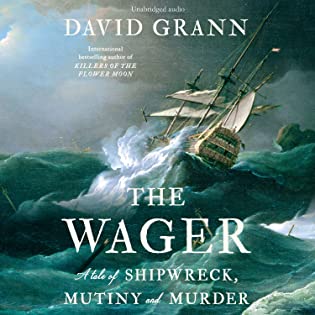 The Wager: A Tale of Shipwreck, Mutiny and Murder by
The Wager: A Tale of Shipwreck, Mutiny and Murder by 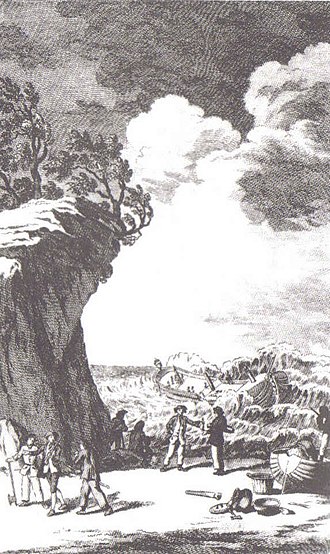
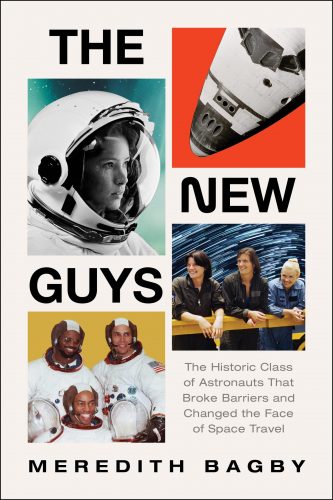 The New Guys: The Historic Class of Astronauts That Broke Barriers and Changed the Face of Space Travel by
The New Guys: The Historic Class of Astronauts That Broke Barriers and Changed the Face of Space Travel by 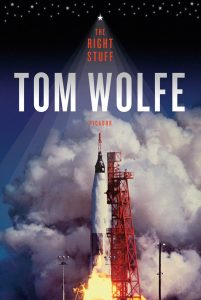 Just as Tom Wolfe’s
Just as Tom Wolfe’s 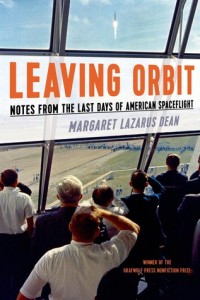 The story of The New Guys takes the TFNG from their earliest dreams of space to the ends of their careers. But there’s a wider context to the story of the space program as a whole, placing this book in the center between the machismo of Wolfe’s
The story of The New Guys takes the TFNG from their earliest dreams of space to the ends of their careers. But there’s a wider context to the story of the space program as a whole, placing this book in the center between the machismo of Wolfe’s 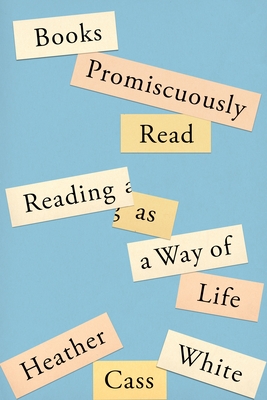 Books Promiscuously Read: Reading as a Way of Life by
Books Promiscuously Read: Reading as a Way of Life by 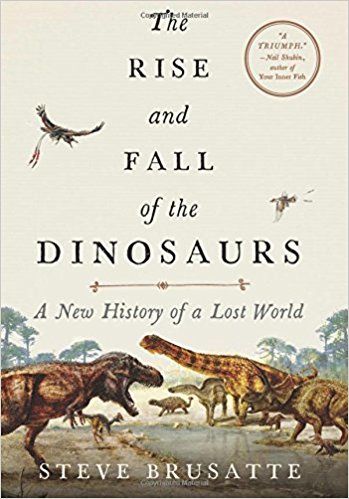 The Rise and Fall of the Dinosaurs: A New History of a Lost World by
The Rise and Fall of the Dinosaurs: A New History of a Lost World by 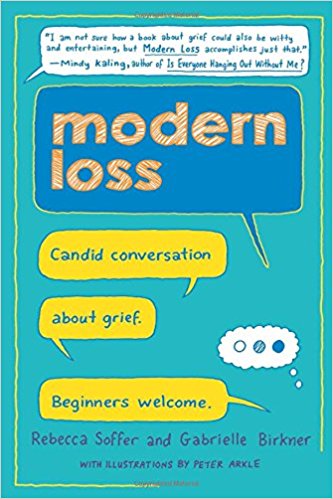 Modern Loss: Candid Conversation About Grief. Beginners Welcome. by
Modern Loss: Candid Conversation About Grief. Beginners Welcome. by 
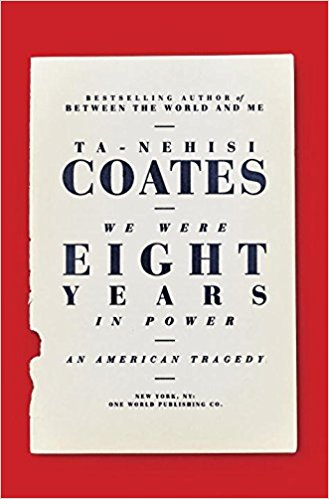 We Were Eight Years in Power: An American Tragedy by
We Were Eight Years in Power: An American Tragedy by 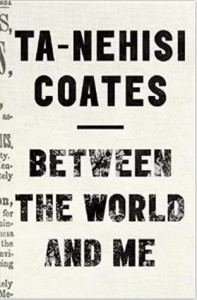 I came to this book via multiple odd routes. I heard the author speak a couple of years ago, because my husband really likes his writing. While it doesn’t resonate with me quite the same way, when it does, it really, really does. Coates’ comment at the beginning of
I came to this book via multiple odd routes. I heard the author speak a couple of years ago, because my husband really likes his writing. While it doesn’t resonate with me quite the same way, when it does, it really, really does. Coates’ comment at the beginning of 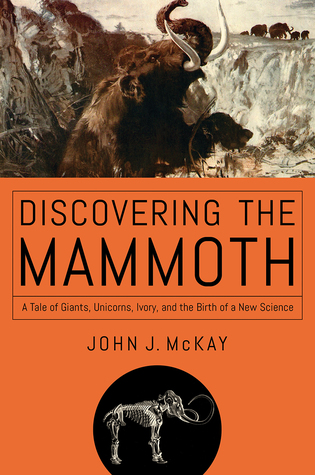 Format read: hardcover provided by the publisher
Format read: hardcover provided by the publisher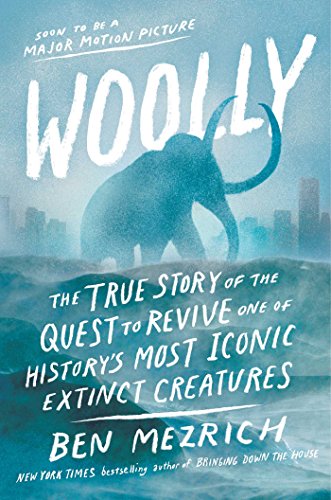 Format read: eARC provided by the publisher via Edelweiss
Format read: eARC provided by the publisher via Edelweiss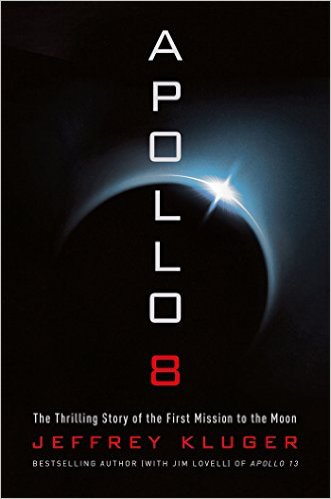 Apollo 8 by
Apollo 8 by 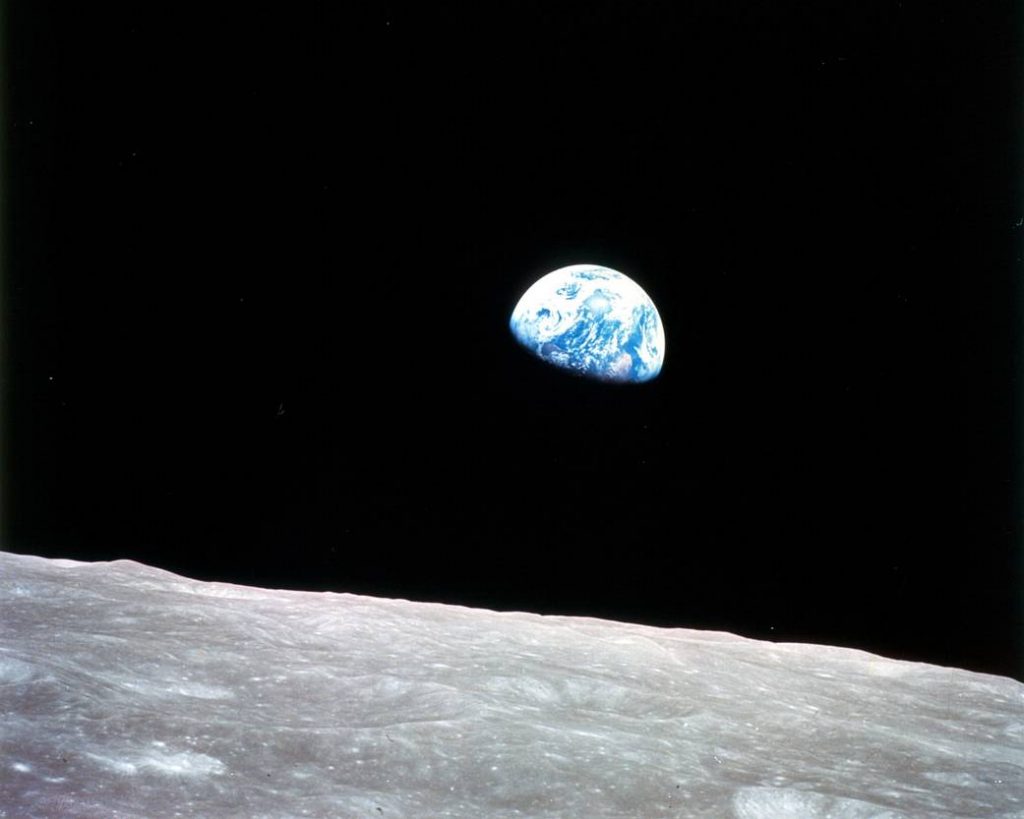
 Dear Fahrenheit 451: A Librarian's Love Letters and Break-Up Notes to the Books in Her Life by
Dear Fahrenheit 451: A Librarian's Love Letters and Break-Up Notes to the Books in Her Life by 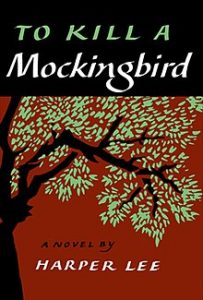 Her letter to
Her letter to 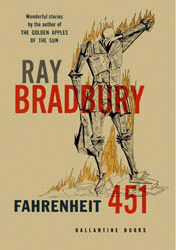 While her letter to Fahrenheit 451 is the author’s chance to talk about book challenges and book bans, many of her other letters and comments get into some of the nitty gritty of being a librarian surrounded by books. And involves some of the things that librarians have to do to maintain the libraries that surround them. Her letters to and about books that she is weeding, and the reasons that it may be time for some books to go, speak directly to the librarian in all book lovers.
While her letter to Fahrenheit 451 is the author’s chance to talk about book challenges and book bans, many of her other letters and comments get into some of the nitty gritty of being a librarian surrounded by books. And involves some of the things that librarians have to do to maintain the libraries that surround them. Her letters to and about books that she is weeding, and the reasons that it may be time for some books to go, speak directly to the librarian in all book lovers.